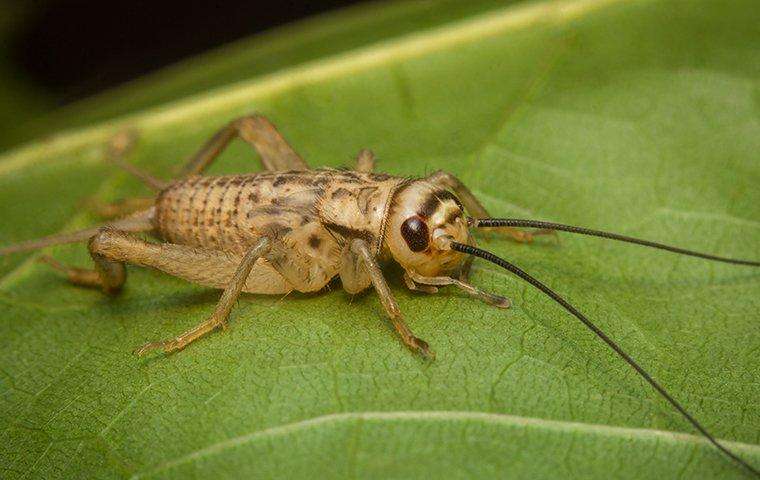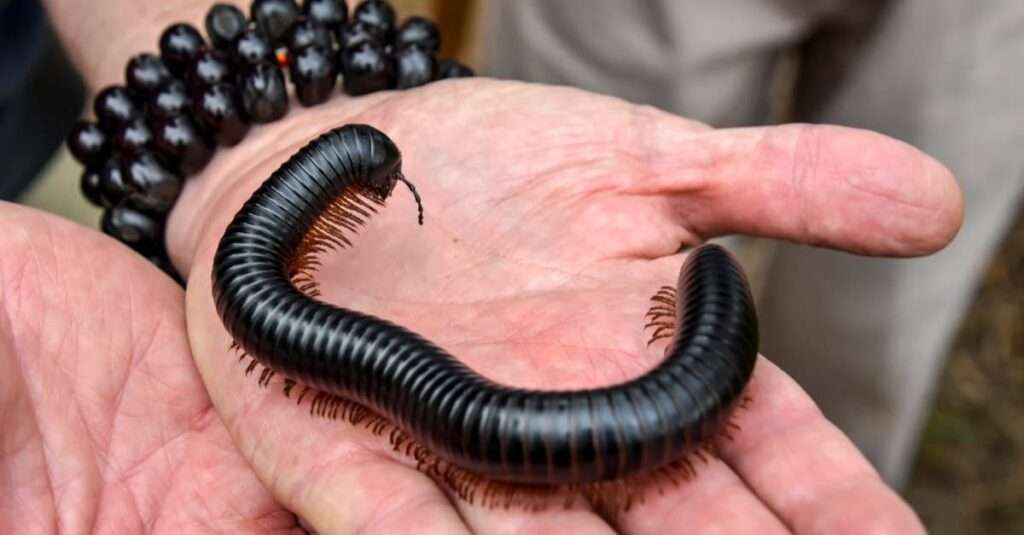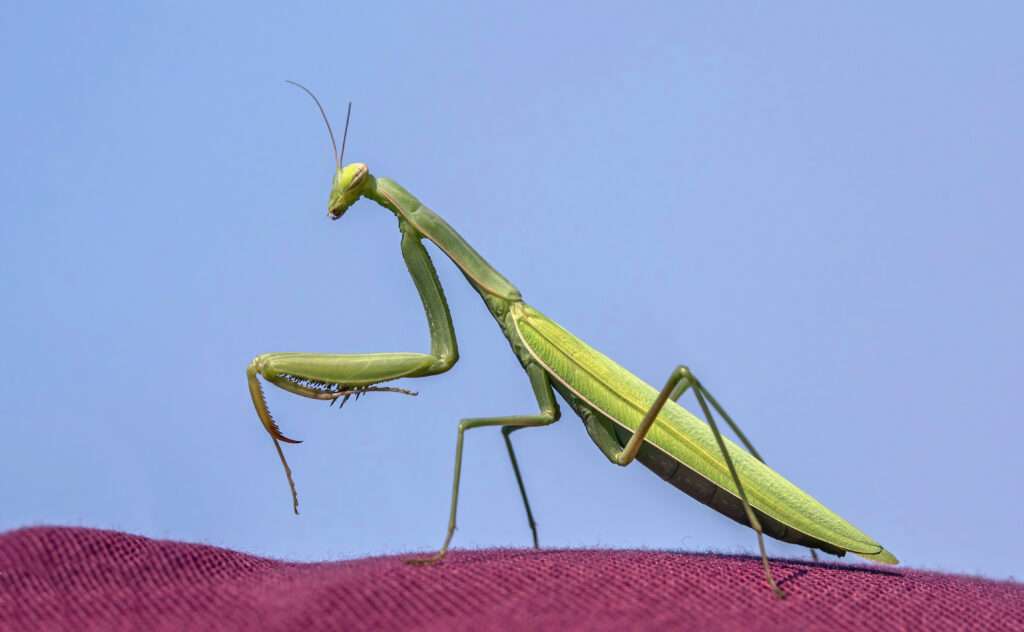
Crickets are orthopteran insects, distantly related to grasshoppers and bush crickets. Older writers, like Imms, categorized “crickets” at the family level (i.e., Gryllidae), whereas modern experts, like Otte, now categorize them in the superfamily Grylloidea. The phrase has been combined to refer to taxa in the suborder Ensifera that are more distantly related, like king crickets and mole crickets.
Body Parts
Crickets have small to medium-sized bodies that are primarily cylindrical and slightly vertically flattened.
- Head
The head is spherical, with two big compound eyes located immediately behind the long, slender antennae that emerge from cone-shaped scapes (first segments).
Eyes
There are three ocelli on the forehead (simple eyes). The pronotum, or initial thoracic segment, is robust, well-sclerotinized, and trapezoidal shaped. It is smooth and lacks lateral or dorsal keels (ridges).
Appendages
There are two lengthy cerci (paired appendages on the rearmost segment) at the apex of the abdomen, and the ovipositor in females is cylindrical, long and slender, smooth, and shining. For jumping, the back pair of legs’ femora (third segments) are substantially expanded. A number of movable spurs, the placement of which is distinctive to each species, are mounted on the tibiae (fourth segments) of the hind legs. One or more tympani, which are used for sound reception, are present on the tibiae of the front legs.
Wings
The wings, which are flat on the body and vary greatly in size between species of crickets, are smaller in some and absent in others. In males, the stridulatory organs for sound production are located on the fore wings, which are tough chitin elytra that serve as a protective shield for the body’s delicate tissues. Under the fore wings, the membranous hind pair folds in a fan-like pattern. The wings are not flight-adapted in several species.

Habitat
Crickets live in a variety of settings. Members of several subfamilies can be found under shrubs, among grasses and plants, and in the upper tree canopy. They can be found in caves and on the ground, and some of them are underground, digging shallow or deep tunnels. Some beach dweller species can run and jump over water, while others live under rotting wood.
Crickets are widely distributed throughout the planet, with the exception of freezing climates at latitudes greater than around 55° North and South. The highest diversity can be found in tropical regions, like Malaysia.
Diet
- Crickets kept in captivity are omnivorous; when denied access to their natural diet, they will eat a variety of organic foods.
- Some species only eat flowers, fruit, and leaves, whereas others that live on the ground eat grasses, seedlings, fragments of leaves, and the shoots of young plants. So they are herbivorous.
- Others are more predatory and eat aphids, molting insects, scale insects, invertebrate eggs, larvae, and pupae. Many of them eat different organic remains, decomposing plants, seedlings, and fungi.
As Pet
In some cultures, keeping crickets as pets is lucky; in China, they are occasionally housed in cages or in gourds that have been hollowed out and particularly shaped. Despite the fact that crickets are still available in pet stores, the practice reached its pinnacle in the 19th century and was widespread in Japan for thousands of years. They are also frequently kept as pets in cages in certain European nations, particularly those on the Iberian Peninsula.
Container
The perfect container is a terrarium or fishbowl coated in wire mesh. Alternatively, any glass or plastic cage is OK as long as there is adequate ventilation and decent air flow (so the insects may breathe).
Fill the bottom of the jar with leaves and damp sand or dirt. For your cricket, a piece of bark can also provide a cozy environment. They can conceal themselves by using toilet rolls.
Water
Provide a water tray that is shallow enough so that they cannot drown because they will need a regular supply of water. You could use a plastic medication jar’s lid. A bacon turner or tweezers can be used to insert it. By using a straw, the owner can fill the water dish.
Diet Source
Include a container for food; a bottle cap will do. Every day, crickets require clean food. They enjoy a wide variety of foods, but they particularly enjoy raw veggies like cucumber and cereals like granola and oats. They’ll also require some protein, such as that found in tofu, chicken, or even dog biscuits, or else they’ll start attacking one another. Additionally, pet stores sell specially formulated cricket food. They enjoy fish meals as well.
Temperature
Extreme cold or heat don’t agree with crickets. They favor a consistent temperature of 86 degrees.
Species
Scientists have identified and described more than 900 different species of crickets, which are insects that are distantly related to grasshoppers. The Gryllidae family of crickets has a distribution that stretches from lower Alaska in the north to the southernmost tip of South America in the south.
Table





